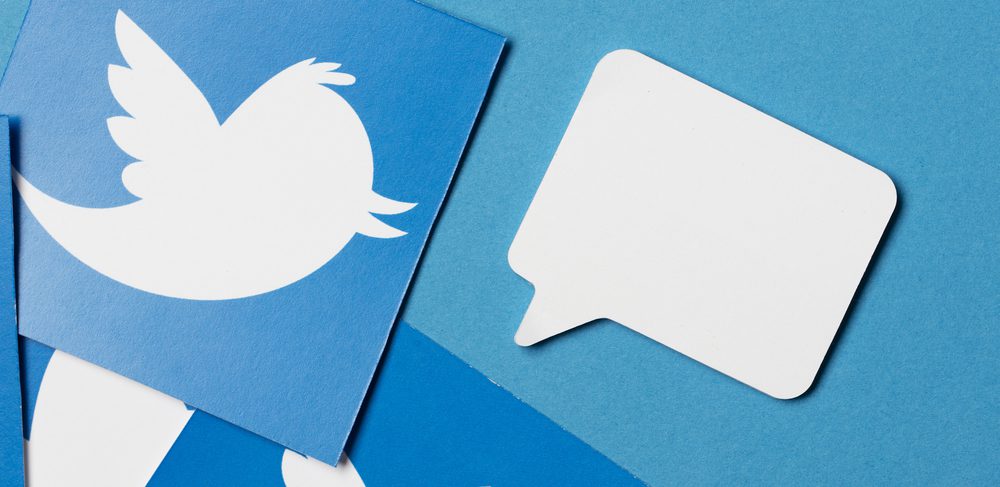In the spirit of giving things a fair shot, I wanted to live with Twitter’s 280 character limit increase for a few weeks before weighing in on the discussion. “Let’s see how it goes,” I said, “I don’t want to jump to any conclusions.” But now, after more than a month of scrolling past lengthy tweets, it’s time to acknowledge the problem with 280 characters.
Increasing the character limit would have been one thing; certainly 160 or even 180 characters would’ve done the trick. But instead the struggling social media company doubled the character limit, leaving our news feeds looking more like daunting streams of paragraphs than informative, digestible statements.
The main problem with Twitter’s new character limit is the implied devaluation of concision. As PR pros, we’re constantly looking to deliver the most precise message in as few words as possible. Time is valuable, and wasting it with extraneous adjectives is disrespectful to your audience (and hinders your chances of readers actively engaging with your content at all).
By increasing its platform to 280 characters, Twitter has decreased its standards, surrendering to the sloppy indolence of verbose expression.
So, are there any redeeming qualities to the 280 increase? Maybe. One BIGfish social media pro points out, “nothing is worse than having a great tweet and having it be one character over. Then you have to change the tweet around and it’s half as good.”
She goes on to note, however, that “I don’t think it should be abused.”
And therein lies the key to this new-found character freedom: don’t say in 280 characters what you could have said in 140.
It’s a nifty sentiment to keep in mind for all communications efforts.
Do you have some strong opinions about Twitter’s new 280 character limit? Let us know in the comments below or by Tweeting us at @BIGfishPR!


